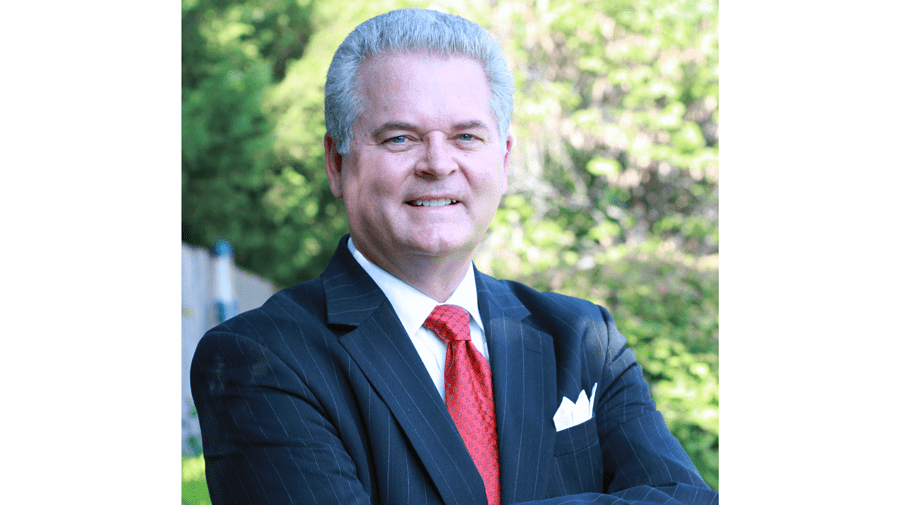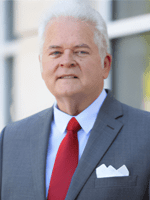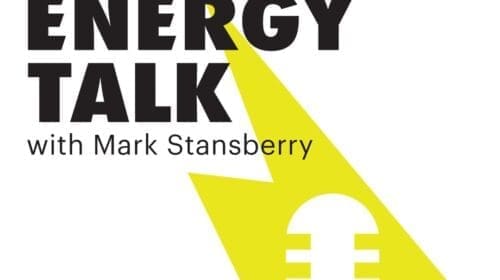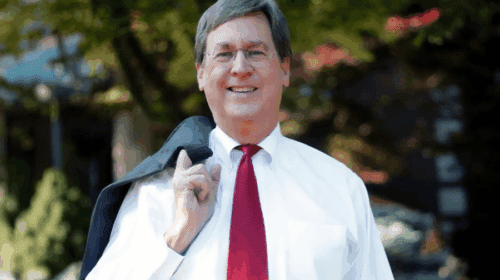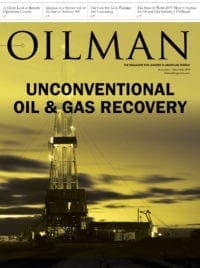Twenty-five years ago, Boone Pickens sent me a letter describing his passion for natural gas and America’s energy future. I share with you a portion of the letter, dated October 7, 1994:
“There is a lot of focus these days – as there should be – on the tremendous costs facing business and local governments as a result of the 1990 Clean Air Act.
Many of the proposed solutions are so ridiculous or technologically far-fetched that they deservedly short shrift in the environmental debate.
It seems a great public service can be done by advocating realistic pollution alternatives and when it comes to transportation, that solution is natural gas and natural gas vehicles.
Natural gas is the cleanest fossil fuel in the world, burning 80-90 percent cleaner than gasoline at two-thirds the cost. Natural gas is a superior fuel, with an octane rating of 130 compared to 90 or so for gasoline. It’s also an abundant, domestic fuel that can cut federal trade deficit in half and help reclaim many of the half-million U.S. oil and gas industry jobs lost in the past 10 years. If 20 percent of America’s 200 million vehicles operated on natural gas rather than foreign oil/gasoline, we could cut foreign crude oil imports by 50 percent.
There are other environmental benefits of natural gas besides dramatic reduction in tailpipe emissions. It seems that the case for natural gas is pretty clear.
The first time my wife Nancy and I met Boone was in Western Oklahoma at a reception. Boone’s energy vision was shared then and was infectious. Throughout the years, I would follow his many initiatives including natural gas vehicles, higher education support, fitness initiatives, his energy plan and the list goes on.
In my 2012 book, America Needs America’s Energy, I quoted Boone: “We are now spending half a trillion dollars on foreign oil, importing 62 percent of the oil we use, and we haven’t had the leadership in DC to do anything about it. We’ve got to move to other sources of energy. But we’ve gotten way behind, and will continue to pay the fiddler. It’s not a good future.” In the last seven years, Boone was able to see a great deal of his vision of energy independence come to fruition.
I not only followed Boone and his many initiatives, but I took on several of his challenges including support of natural gas, his energy vision and higher education support…Boone was instrumental in supporting a documentary film, released in 2012, of which I was one of the producers. He not only helped financially support, but was interviewed in the film. He shared his views on natural gas and his strong belief in America.
As I stated in my book, “Future generations are depending on us to keep the American dream alive.” Boone’s challenges are still at the forefront: having passion for an effective energy policy/plan, supporting higher education, looking into the future with great courage and with great vision. He could see a better future for generations ahead. It is up to all of us to make the difference!
Mark A. Stansberry, energy advisor and corporate development strategist, has been a columnist and contributor for Energies Media since 2014. He is the author of America Needs America’s Energy: Creating Together the People’s Energy Plan and the host of the National Energy Talk podcast. Stansberry served as U.S. Senator Bartlett’s intern/staff member from 1975-76, and led Senators Bellmon and Bartlett’s State Youth Conference in 1976. Stansberry can be contacted through his website.

